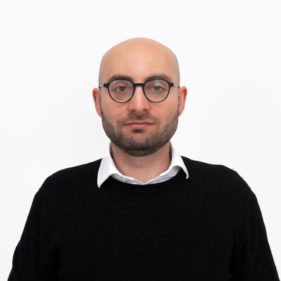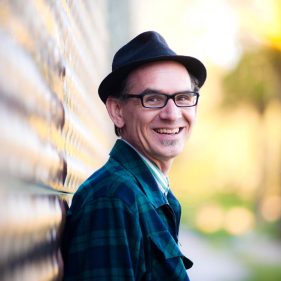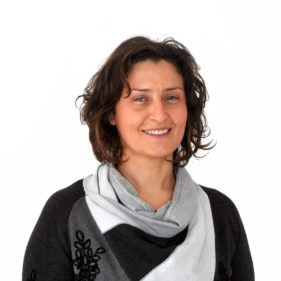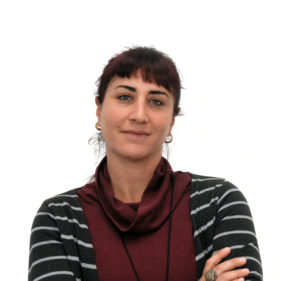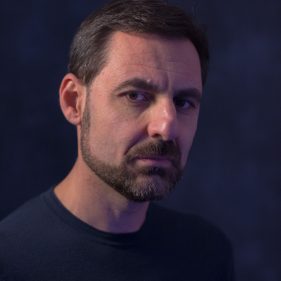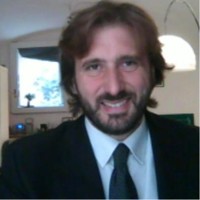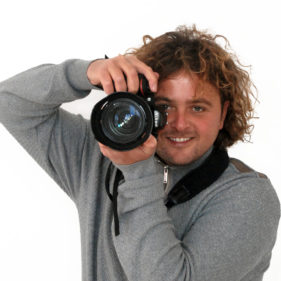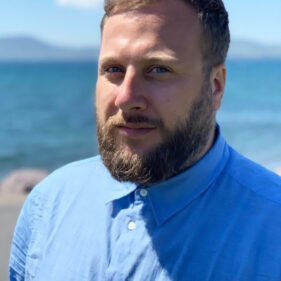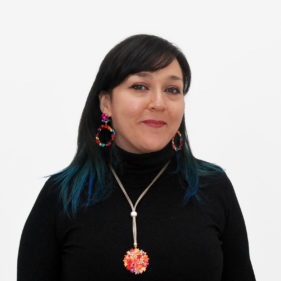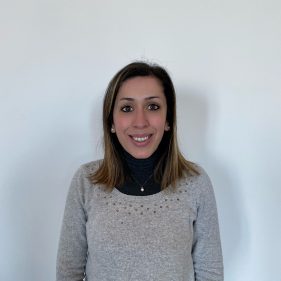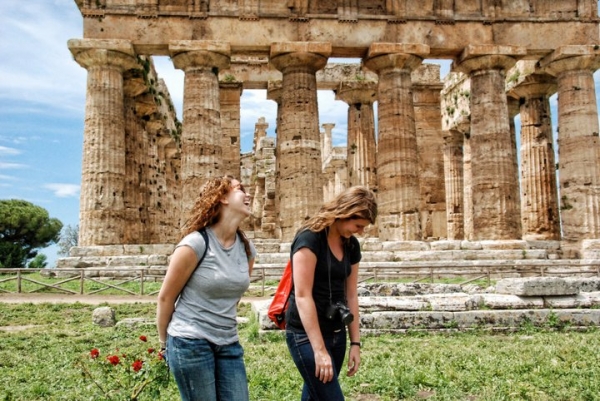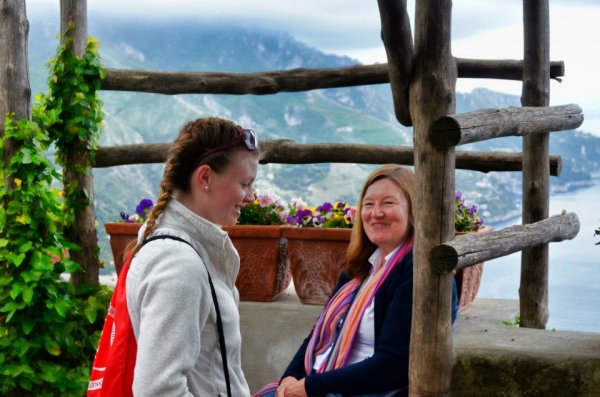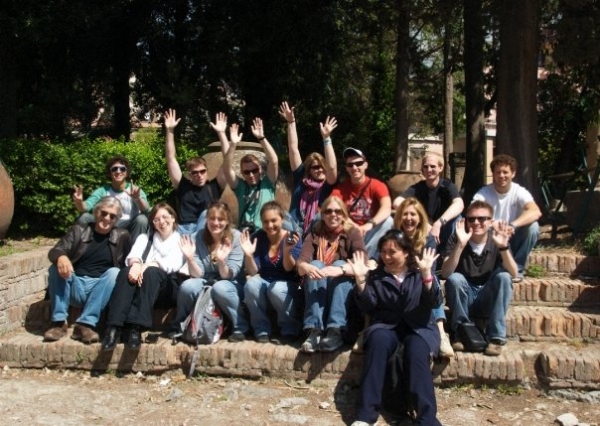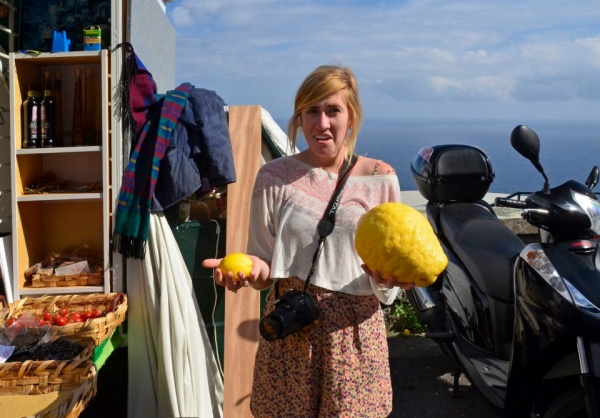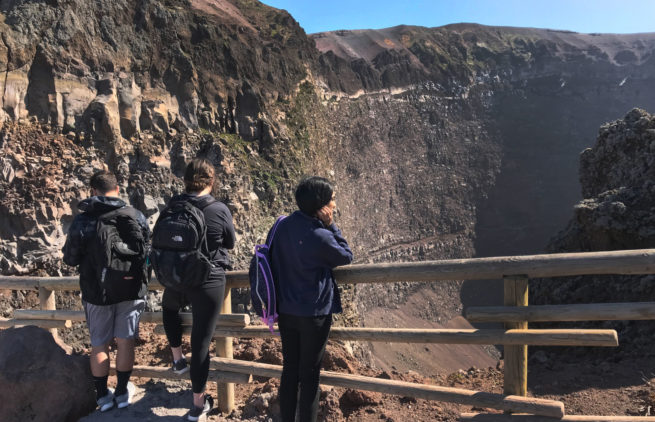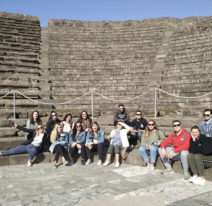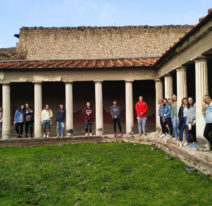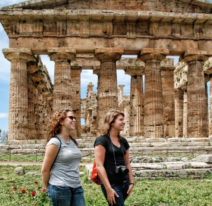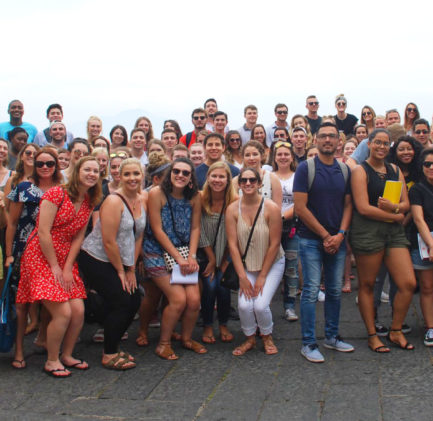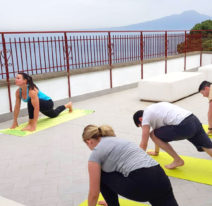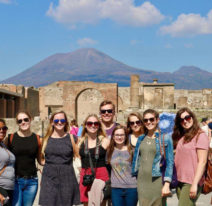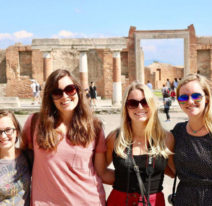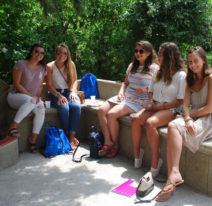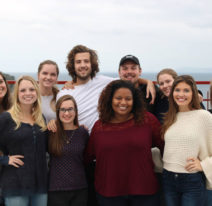COURSES
45 hrs, 3 credits
Prof. Ilaria Tartaglia
COURSE DESCRIPTION
Archaeology studies past cultures and societies through their material remains. This course provides a basic introduction to the discipline, focusing on the study of some major Roman cities destroyed by the eruption of Vesuvius in 79 AD. The program combines the archaeological study with analysis of the historical, economic, and social aspects of the Roman culture of the era. Students participate in several site visits to examine the remains and reconstruction of the ancient cities.
Student Learning Outcomes
At the end of the course the student will be able to:
- Know the history of the eruption of Vesuvius in 79 AD and its consequences
- Understand the characteristic features of Latin civilization (i.e. economy and society) of the second century
- Analyze the importance of the archaeological heritage of cities such as Pompeii and Herculaneum
45 hrs, 3 credits
COURSE DESCRIPTION
Art is the highest expression of a culture. Political, historical, and social changes lie at the heart of art. Works of art are the reflection of the ages in which they are produced and are often used as a “tool” to carry messages. During our classes, we will focus on the study of the development of art during the centuries and how it affects today’s artists. We will have a brief review of the main artistic movements, starting from ancient Greece and reaching Italy’s Baroque period.
Student Learning Outcomes
At the end of the course the student will be able to:
- Interpret a work of art with understanding of its historical and social background
- Demonstrate written and oral communication skills in analyzing a piece of art
Course Description
ENGL 103 focuses on the development of skills necessary for reading analytically and writing clear, accurate, and coherent expository prose. It also introduces students to basic research skills, library resources, and documentation systems.
Course Objectives
This student-centered, inquiry-based writing course is designed to help students throughout their college careers and as they enter communities beyond school. Inquiry-based writing is designed to engage the student in both problem posing and problem solving.
Drawing on the rhetorical situation—specifically, audience, purpose, and context—instruction emphasizes the social nature of inquiry and how writers test ideas to discover the reasons behind and for discursive choices. Students practice recursive writing processes, such as peer review, in order to help them adapt to changing demands of writing within the college and their lives.
45 hrs, 3 credits
COURSE DESCRIPTION
The course introduces the student to the world of Italian cinema. The first part the class will be analyzing Neorealism, a cinematic phenomenon that deeply influenced the ideological and aesthetic rules of film art.
In the second part, we will concentrate on the films that mark the decline of Neorealism and the talent of “new” auteurs such as Fellini and Visconti. The last part of the course will be devoted to the cinema from 1970s to the present in order to pay attention to the latest developments of the Italian industry.
The course is a general analysis of post-war cinema and a parallel social history of this period using films as “decoded historical evidence.” Together, with masterpieces such as Open City and The Bicycle Thief, the screenings will include films of the Italian directors of the “cinema d’autore” including The Conformist, Life is Beautiful, and Le conseguenze dell’amore.
60 hrs, 4 credits
Course Description:
In this course, you will be introduced to the fundamental skills for effectively recording travel, home, and work experiences. Using digital photography as a tool, you will be encouraged to become a more careful observer of the people, the landscape, the art, the architecture, and the culture that you encounter in your daily life.
This course concentrates on technical lectures and lab/studio time regarding the basic operation of a digital camera and the processing of images. You will develop an understanding of the elements that combine to create powerful visual images: subject matter, composition, color, and light. Through selected readings, assignments, lab/studio time, and critiques, you will produce a written and visual final project for the course.
Students are responsible for providing their own cameras, supplies, and image-editing software.
Required Supplies:
- Digital camera (SLR or mirrorless)
- USB flash drive
Suggested Supplies:
- Camera film 35 MM
- Instant camera (Fuji Instax Wide or Fuji Mini Polaroid Camera or Polaroid Zync)
- 50 MM Lens F 1.4/F 1.8 /F 2.8
45 hrs, 3 credits
COURSE DESCRIPTION
In this course, you will read Italian and European literary texts of the 20th century by both male and female writers from a feminist perspective. The definition of a “feminist reader” is a reader who assumes that there is no innocent or neutral approach to literature and that all interpretation is political. Feminist readers do not necessarily read to praise or blame, to judge or censor. More commonly, they set out to assess how the text invites its readers, as members of a specific culture, to understand what it means to be a woman or a man and encourages them to reaffirm or to challenge existing cultural norms. You, as a feminist reader, in this course might ask how the text represents men and women, what it says about gender relations, and how it defines sexual difference.
45 hrs, 3 credits
COURSE DESCRIPTION
With a particular focus on the connection between narrative and identity formation, this course is an introduction to the interrelated techniques of the creative process.
Exploring the symbiotic relationship between reading and writing, students are encouraged to read as writers, as they investigate and develop a voice of their own while they engage in dialogue with representative texts from various genres and time periods. As a way to foster further critical engagement, academic theory from the fields of postmodernism, post-colonialism, and psychoanalysis will accompany literary works in English.
Class time will be spent discussing the writer’s craft, assigned readings, and student submissions. Through selected literature and assignments, students are, above all, encouraged to be analytical readers and thoughtful writers who interact with the experience of living and breathing a culture that is different from their own.
45 contact hrs, 3 credits
Course Description
This course acquaints students with significant figures and works of world literature.
We live in a world of fast and fleeting connections. Whether online or offline, we are flooded by images, texts, sounds, videos, status updates, Instagram photos, and other streams of information. Some believe that we are losing the capacity to focus and concentrate, but a multitude of others say that we are developing new skills and capacities, adapting to digital media in ways that are redefining our relationship with the creation of meaning.
How can “world literature” help to us navigate the predicament of the postmodern present? What can it do for our understanding of where we are, where we’ve been, and where we’re going? What does “world literature” actually mean? Are we talking about a specific canon of texts, or simply a perspective, a methodology, a way of reading literature that transcends national boundaries and opens new networks and modes of understanding? In this course, we’ll tackle these questions by engaging with a number of different texts and genres not just from the Western European tradition but also from other cultural and historical traditions across the globe. Using an interdisciplinary approach, this course explores a vast range of expression (from inscriptions on ancient tablets to poetry, cinema, and theater), while paying particular attention to the role of genre, media, and narrative in shaping humanity and the human condition.
Class requirements include regular participation, a reading journal, a midterm, a poetry illustration project, and a final exam.
45 contact hrs, 3 credits
Course Description
As an introduction to the discipline of philosophy, this course will cover a representative selection of texts and problems in the history of philosophy. The course will address the nature of philosophical inquiry and the methods it employs.
Topics to be discussed include the foundations of ethics, the sources and limits of knowledge, and the historical approaches to metaphysical speculation. Philosophy is not like other subjects you’ve taken in school. You will not be asked to memorize facts.
There are no fundamental principles that all philosophers accept that you must learn and apply, though you will learn principles that particular philosophers have suggested and be asked to think about how (and whether) they apply.
The order in which you learn philosophy doesn’t matter that much, though the more philosophy you know, the better you will be at any part of it. The skill of asking questions is much more important than the answers found. Philosophy is analytical and critical, speculative and creative.
Philosophy is an activity more than a collection of knowledge and is a way life more than an academic subject. The goal of philosophy is combining the creative adventure of ideas with the rigorous analysis of them; it is a serious play with thought.
45 hrs, 3 credits
Course description:
Lectures and field sketching sessions are centered on drawing on location as the best way we have to increase our capacity to observe and to understand reality. An object, a tree, a person, cities or landscapes: during everyday life or while traveling, journaling and sketching from reality is a profound and lasting experience. While drawing, we learn to see and we can select information and highlight details better than we could with a camera.
Students will discover Sorrento and its region of Campania, visiting Naples and surrounding archaeological sites, recording their observations through images and words in a travel sketchbook.
Freehand drawing and location drawing as basic and complementary skills are recommended; not only among architects, visual artists, animators and graphic designers, but also in disciplines such as archaeology, history, zoology, botany, and geology.
Classic drawing exercises, as suggested by authors such as Kimon Nicolaides or Betty Edwards, will also help beginners to break the ice with life drawing and get the most out of the experience.
Recommended Materials and Supplies:
- 1 blank sketchbook, approximate size 5×8 in., hardcover, paper weight min. 100 lb.
- 1 watercolor block, approximate size 9×12 in., paper weight min. 170 lb.
- 1 watercolor box with 8/10 colors (tubes or pans). If you buy tubes you need a palette or a box to mix them. Selected colors: Ivory Black, Ultramarine Blue, Cobalt Blue, Cadmium Yellow Pale, Cadmium Red Deep, Burnt Sienna, Yellow Ochre, Alizarine Crimson (+ Payne’s Grey, Cerulean Blue).
- 1 waterbrush, large size; 1 flat brush n.10 to16, 1 round brush n.10 to16.
- Waterproof pen or fountain pen. Water soluble pen or fountain pen.
- Pure graphite pencils 6B/9B. Normal pencil HB/2B. Sharpener and soft rubber eraser.
45 hrs, 3 credits
COURSE DESCRIPTION
In this course, you will explore the religions of ancient Greek and Roman society from their earliest beginnings to the end of paganism and the emergence of Christianity. You will try to understand questions such as: How did Greeks and Romans conceptualize the divine and their relationship to it? How was ancient religion actually practiced? How does religion relate to myth and ritual? How did religion and politics interrelate? What exactly were the alternatives to civically practiced religion that modern cultures call “mystery cults?” Who were the critics of ancient religions, and what was the substance of their criticisms? What was the distinction between magic and religion? These fundamental questions (and many others) will occupy your thoughts in this course. While this class follows a broadly chronological outline, individual lectures concentrate on specific themes, such as forms and places of worship, philosophy and religion, death and afterlife, magic and the concept of conversion. This course is designed to introduce the tenets, beliefs, and certain spiritual practices of Classical antiquity and to investigate the social, cultural, and political background of which ancient religion was part. In this class, you will benefit from attending your study abroad program in Sorrento, in the middle of ancient Magna Graecia. On-site lessons in Paestum and Pompeii will be organized throughout the course of the semester.
45 hrs, 3 credits
COURSE DESCRIPTION
This course will explore a series of texts and films that present and focus on female Neapolitan protagonists. We will see six films and read six novels, five of them written by Neapolitan women writers, and one by an American novelist about a British woman who, transplanted to Naples, caused one of Europe’s biggest scandals during the Napoleonic wars. These texts and films will give us ample fodder to follow the history of the city and the role that women, as well as women writers and one filmmaker, have played in their own self-definition.
Faculty
Fabrizio Novellino
Chair of Humanities - Area: HistoryLee Foust
Chair of English and Comparative LiteartureIda Brancaccio
Classical StudiesMario Grimandi
Art History and ArchaeologyLuca Sarti
World LiteratureIlaria Tartaglia
ArchaeologyFrancesca Vacca
English LiteratureCOURSE HIGHLIGHT
ARCHAEOLOGY FIELD STUDY
HUM 399
Professor Ilaria Tartaglia
45 contact hours, 3 credits
In this course, you will come to understand more about your home for these few weeks in Italy by exploring its past cultures and societies through their material remains. You will learn about some major Ancient Roman cities (including Pompeii) destroyed by the eruption of Mount Vesuvius in 79 AD while gaining a basic introduction to the field of archaeology. In this course, you will study the sociocultural and economic histories of select Roman cities through an archaeological lens and will participate in a few field trips to Pompeii, Herculaneum, and the Archaeological Museum of Naples to study what these civilizations left behind and what they might have resembled in antiquity.
Student Learning Objectives:
At the end of the course, you will be able to:
Know the history of the eruption of Vesuvius in 79 AD and its consequences;
Understand the characteristic features of Latin civilization (i.e. economy and society) of the second century;
Analyze the importance of the archaeological heritage of cities such as Pompeii and Herculaneum.
INTERNSHIP POSITIONS AVAILABLE: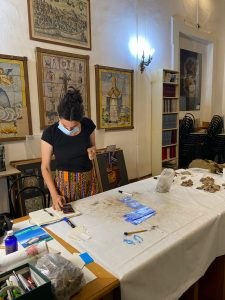
- Archeoclub Massa Lubrense
“The most interesting thing about this internship is the possibility to interact with ancient artifacts and study them up close. Many people will see these artifacts in museums, but they will not get to physically interact with them as I am doing here each day.”
– Sarah Haltom, FGCU
Watch her interview here.
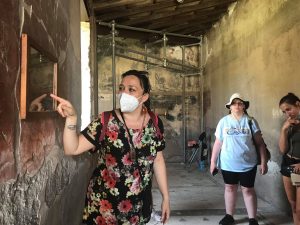
“One of the things that I love about Archaeology is the relationship that I have with my students…they come here to learn the history of this place, but I learn so much from them.”
– Prof. Ilaria Tartaglia
Our Summer 2021 Archaeology Class in Pompeii
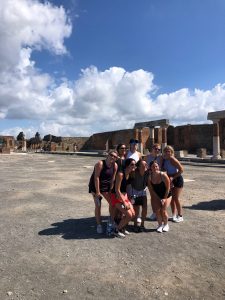
Our Mission
Sant'Anna's mission is to educate, support, and inspire international students to become active citizens of the world. We are committed to academic excellence within an authentic and engaging Italian community.Discover Sant'Anna
Mission and GoalsAt Sant’Anna we strive to provide students from across the world a unique, hands-on learning experience where they can cultivate real world skills and knowledge.
Because the school is located in Sorrento, one of the most harmonious cities southern Italy has to offer, our students are truly able to gain a global awareness and appreciate diversity while studying abroad. Our goal is to help guide participating students into becoming responsible, open-minded members of society.
Our hope is that each student can leave Sant’Anna with an appreciation of the Italian culture as well as the knowledge acquired through their academic courses.
We are so passionate about the importance of international education and training in a student’s academic career, and we are dedicated to doing whatever it takes to providing students with a life changing experience.
Learning
Mediterranean Location
Our LocationWhy choose Sorrento?
Study abroad programs in Italy have traditionally focused on the popular cultural centers of Rome, Florence, Milan, and other cities in the north of Italy. At Sant’Anna Institute, study abroad students have the opportunity to experience the unique culture, customs, and climate of southern Italy.
Sant’Anna is located in the stunning town of Sorrento at the beginning of the Amalfi Coast, just 20 miles south of Naples. Perched atop hundred foot cliffs that face the Gulf of Naples, Sorrento is within sight of rugged snow-capped mountains, emerald waters, black sand beaches, cliff- hanging villages, and the world’s best known volcano: Vesuvius.
Sorrento is a safe, walkable, and picturesque center of international tourism. It has an international population, making it a small town, with a cosmopolitan feel.
Sorrento also boasts:
- Friendly, gracious people
- Southern hospitality
- Italian style
- Bustling shopping streets and traditional Roman-style alleys
- A mild, sun-drenched Mediterranean climate
- Culinary traditions based on the seafood, and locally grown, fresh produce
- Streets lined with lemon and orange trees
- Hillsides covered with olive groves and vineyards
- Home to some of the best pizza and gelato you will find anywhere
Sorrento is a treasure all its own and a passageway to the:
- tunning islands of Capri and Ischia
- baroque splendor of Naples
- majestic Greek temples at Paestum
- historic Roman ruins of Pompeii and Herculaneum
- world-famous collection at the National Archaeological Museum in Naples
- cliff hanging villages of the Amalfi Coast, like Positano, Amalfi and Ravello
- world’s best known volcano, Mount Vesuvius
It’s the perfect city to discover a home away from home with a hometown feel!
Sant’Anna Institute is located overlooking the Marina Grande of Sorrento, perched on the cliffside with stunning views from the sea-facing windows, and it’s a short walk to the harbor and the harbor-side restaurants.
The Institute is located a short 15-minute walk from the center of town and 20 minutes from the Sorrento train and bus station.
The Residence Hall was established in 2017 and is on the third and fourth floors of the Institute, overlooking the picturesque Marina Grande.



